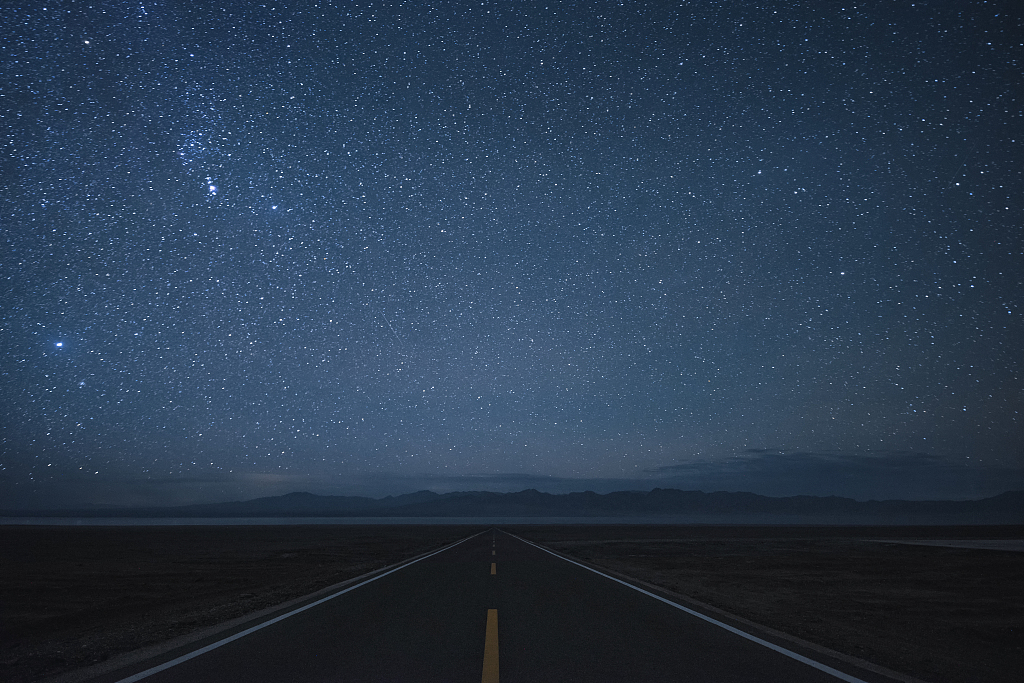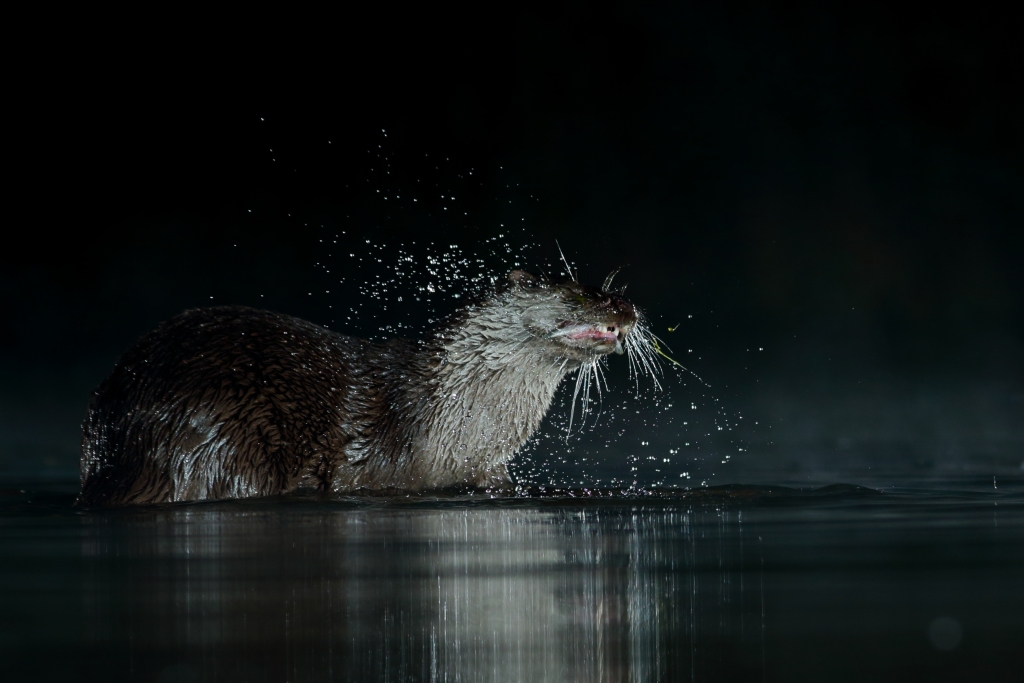
Dark sky in Lenghu, Qinghai Province, northwest China. /CFP
Dark sky in Lenghu, Qinghai Province, northwest China. /CFP
The country's first local regulation to protect a dark sky reserve in Lenghu, northwest China's Qinghai Province, was approved in October, 2022.
Dark sky reserves are areas that offer exceptional starry nights and are especially preserved for scientific research, ecological protection, educational activities and other purposes. In China, there are five dark sky reserves.
A world-class astronomy observation site will be established in Lenghu, where clear night skies, stable atmospheric conditions and a dry climate can be observed.
According to the regulation, the type and brightness of light sources will be strictly controlled, and the illumination direction of all external fixed night lighting equipment is supposed to be 30 degrees below the horizontal line. Also, construction of projects and activities that affect the astronomical observation will be prohibited in the reserve.
Under the regulation, Lenghu dark sky reserve will be better-protected to observe the Milky Way and be a paradise for sky photography enthusiasts.
In addition to having an important influence on astronomy observation and photography, what significance does protecting dark sky have on wildlife?

An otter in the water at night, UK. /CFP
An otter in the water at night, UK. /CFP
Animals depend on the cycle of light and dark rhythm to manage their life-sustaining behaviors such as reproduction, feeding, sleep and hiding from predators. Scientific evidence suggests that artificial light at night has negative impacts on many creatures, such as migratory birds getting disoriented during their night migration. Flying insects, such as moths, are drawn to the external light sources and lose their lives as a result.
Lighting also alters the relationship between predator and prey, according to a study conducted in North America. The result suggests that the mule deer are drawn to the elevated nightlight areas to forage and, at the same time, escape from the cougars which are nocturnal hunters and prefer dark places. However, potential risks are raised, such as vehicle collisions, vegetation damage and risks to domestic animal and human safety.
Therefore, preserving the dark sky and reducing light pollution are significant to resume animals' circadian rhythm and lower the potential threats to human lives.
(Cover image via CFP)
(If you want to contribute and have specific expertise, please contact us at nature@cgtn.com.)